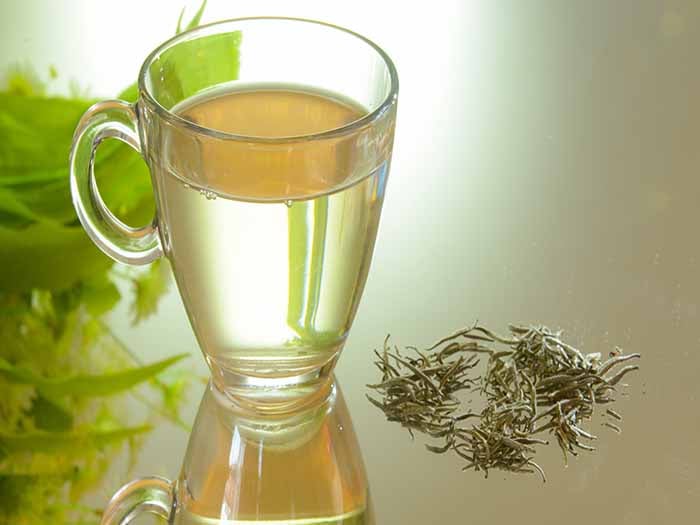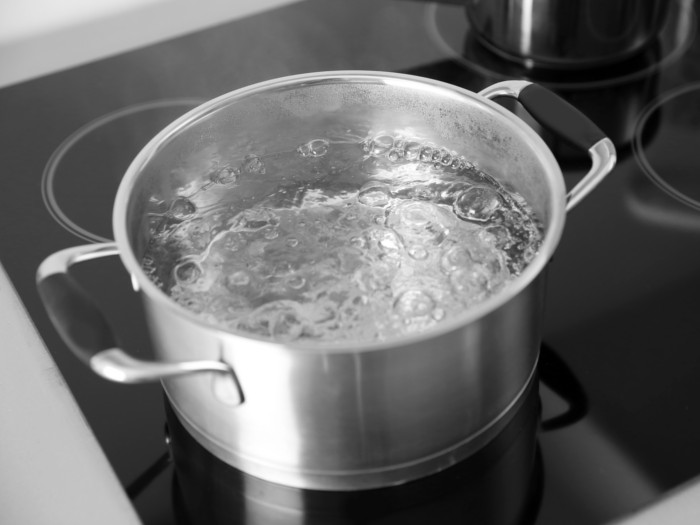Silver needle tea is the Chinese variety of white tea, formally known as baihao yinzhen, and is brewed from the leaves of the Da Bai cultivar of the tea plant. Since this tea is only brewed with the very top buds of the plant, it is highly sought after and remains one of the most expensive varieties of Chinese tea. As a white tea, these leaves are very lightly oxidized and produce a tea that is pale yellow in color. The taste is sweet and delicate, while the aroma is earthy, often compared to the smell of hay or grass. Drinking silver needle tea is an ancient tradition in China that continues to deliver impressive health benefits to this day! [1]
Silver Needle Tea Benefits
The main benefits of silver needle tea include its impact on the following:
- Treating diabetes
- Improving heart health
- Boosting metabolic speed
- Lowering oxidative stress
- Treating arthritis
- Preventing neurodegenerative diseases
- Improving oral health
- Lowering cholesterol
- Weight loss
- Boosting immunity

Treat yourself to a light and refreshing tea. Photo Credit: Shutterstock
There is a small amount of caffeine present in this tea, making it a popular substitute for people who want to eliminate coffee from their diet. There are also key antioxidants in this tea, including catechins, meaning that this tea can lower chronic inflammation and prevent oxidative stress caused by free radicals. [2]
Some research has found that this tea can also help to protect oral health, namely of the gums and teeth, while also strengthening the defenses of the immune system. Aiding in weight loss efforts and lowering overall cholesterol levels are two other renowned benefits of this rare tea. [3]
How to Make Silver Needle Tea?
Making your own silver needle tea at home is simple, so here is how to make the most of every cup!

How to Make Silver Needle Tea: Easy Recipe
Ingredients
- 4 cups water
- 4 tsp silver needle leaves
Instructions
- Bring a pot of water to a boil on the stove, then set it aside for 4-5 minutes (ideal temperature is 170 degrees Fahrenheit).

- Add 4 teaspoons of the silver needle leaves to a tea infuser or teapot.
- Pour the warm water over the leaves and let it steep for 3-5 minutes.
- Thereafter, strain the leaves and serve the tea warm.

Notes
Silver Needle Tea Side Effects
There are some side effects of this white tea, primarily related to caffeine. Drinking an excessive amount can lead to the following: [4]
- Nervous system problems
- Anxiety
- Sleeplessness
Pregnant women should also avoid drinking this Chinese white tea, as caffeine in large amounts can be dangerous for the health of the baby. If you suffer from a thyroid condition, then the fluoride in silver tea can also be a point of concern.

